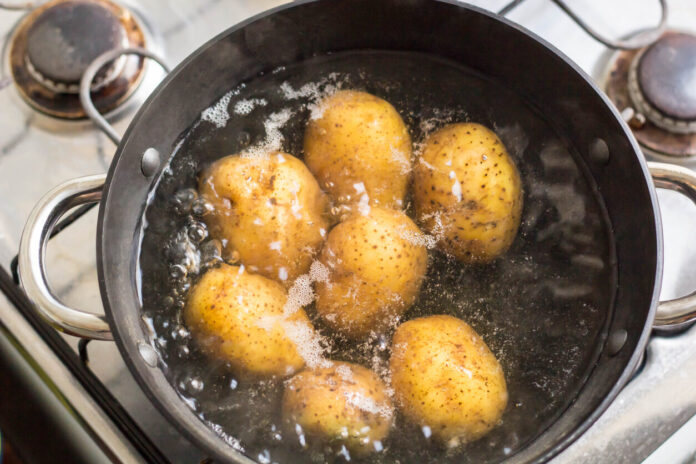If you are in the habit of throwing the cooking water away after boiling your food, you are unknowingly wasting it. Indeed, many waters have benefits for your garden, your body, or even your furniture. Discover in our slideshow below which ones you can reuse now. This will allow you to produce fewer losses.
The Ecological Transition Agency (Ademe) identifies the proportion of food waste each year. For the year 2022, the institution reports 10 million tonnes lost and wasted per year. Of this total, 33% of losses occur during the consumption phase, 32% during production, 21% during processing and 14% during distillation. Nevertheless, “more than 40% of the value of these losses and waste corresponds to the consumption stage”, specifies the study.
Faced with the figures announced by Ademe in 2023, the government published its anti-waste law on Wednesday February 8, 2023. This is presented as making it possible to “accelerate the change in the production and consumption model in order to limit waste and preserve natural resources, biodiversity and the climate”, specifies the Ministry of Ecological Transition and Energy Transition. .
The law is made up of 130 articles divided into five main lines of action:
Among the key measures is the end of the marketing of single-use plastic packaging. This is scheduled for 2040. More recently, on January 1, 2023, disposable tableware in fast food restaurants was banned. The next objective set by the government is the marketing of washing machines equipped with a device to retain plastic microfibers. Indeed, the latter are rejected by the water of the washing machine in the ocean and deteriorate certain living organisms.
While waiting for the implementation of future measures, you can already try to limit your food waste by following the tips offered by Bio à la Une to reuse cooking water in our slideshow below.















